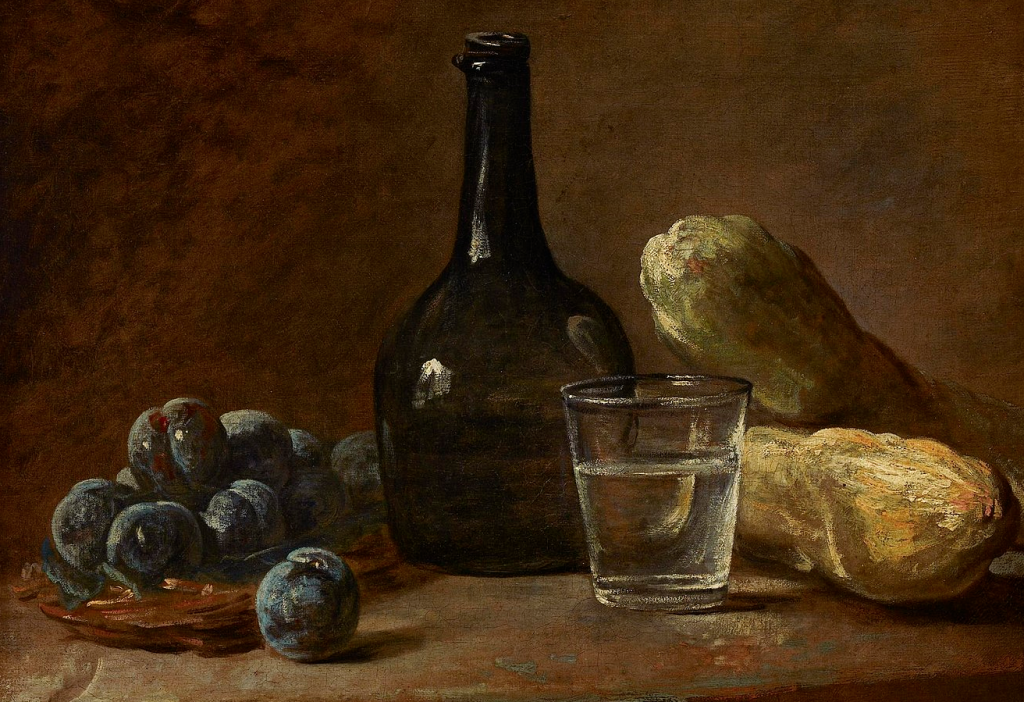We’ve all done well, but let’s face it: the COVID-19 restrictions have truly begun to pall.
Flying is risky. Restaurants are a drag with masks and no one wants to meet anyway, lest we spark a superspreader. Museums have been closed for almost a year!
So here’s an idea that combines virtual cross-country travel, drinks with friends, and a museum. That would be the podcast series: “Cocktails with a Curator at the Frick.”
The Frick Collection, of course, is the hoity-toity art museum, housed in former Pittsburgh industrialist Henry Clay Frick’s Gilded Age mansion on Manhattan’s Upper East Side. The Collection is known for its Old Master paintings, outstanding examples of European sculpture, and decorative arts.
The premise of the series is simple: “The Frick is concocting the perfect mix of cocktails and art. Every Friday at 5 p.m. EST, join us for happy hour as a Frick curator (remotely) offers insights on a work of art with a complimentary cocktail. Bring your own beverage to this virtual event.”
Audiences under 21 are encouraged to join with a non alcoholic drink.”
The video recordings are available both on the Frick website and YouTube.
The series’ page image sets the tone: a detail from Still Life with Plums, circa 1730, by Jean-Siméon Chardin (1699-1779). A basket of dusky, sensuous plums, ripe to bursting, so purple they’re almost black. A tumbler of white wine. A hunk of skin-on green-bronze squash.
In fact, the painting was the subject of the Nov. 6, 2020 episode. “Xavier has paired this episode with a Gin Martini with a twist (recipe included).” The suggested mocktail that night, for those under 18, was Chilled Indian Tea.
It’s all very upper-crust East Coast, in other words, and thus, I anticipated, an anthropological hoot. Who on the West Coast wears pin-striped shirts or button-down collars, or their hair cut like JFK? I wonder every time I walk, for example, through Central Park. Cocktail hour out here would feature a martini with some arcane ingredient like Miracle Mile Yuzu bitters, and our art would be described by a guy with tribal tattoos in a cashmere T-shirt and a quiff.
But back to the Frick. “Xavier” would be Xavier Salomon, British art critic and both deputy director and Peter Jay Sharp Chief Curator at the Frick Collection. Born in Rome to an English mother and Danish father, he received his Ph.D. “on the patronage of Cardinal Pietro Aldobrandini from the Courtauld Institute of Art” in London. Which is interesting, as Cardinal Aldobrandini lived from 1571 to 1621, and reminds us that those in the upper echelons of the art world move in very different circles than the rest of us.
No matter, for Salomon has a style and esprit all his own. On the night in question he was wearing a shawl-collared striped robe over a pale yellow T-shirt. He spoke, in a fantastically erudite British-European accent, from a study lined with paintings and books. And he was fantastic.
He offered a thumbnail biography of Jean-Baptiste-Siméon Chardin (1699-1779). He placed him in the context of the history of painting and of the artistic milieu of his day. He described the acquisition of this small still-life in 1945.
The objects in “Still Life with Plums” at first glance seem randomly chosen and arranged. A stone ledge: on the left a woven basket with fruit, on the right two large squashes, and in the middle a glass of white wine or water and a bottle.
“Why these vegetables together? This is the artist, sending someone to the market and presenting everyday objects in a new light.” What’s wonderful is on the one hand “the simplicity of the depiction combined with the incredible beauty, the sort of poetic feeling. You can feel the texture, the surface of the porcelain, the fabric, the wood, the glass.”
These paintings stop us. They make us pause, look around, and focus on what’s important in our lives — an especially urgent call during this time when the pandemic has confined us to our homes. “An extraordinary musician at using paint. … Every brushstroke is there for a reason. … Look at the way the light is reflected, refracted … the transparency of a glass of water … he’s inviting us to look very closely.”
Chardin’s contemporaries Bouchard, Fragonard, and Watteau painted frolicking rococo scenes. Chardin, significantly ahead of his time, would become “hugely important to Picasso, Braque, Morandi.” Near the end of his life, he said, “Who said one paints with colors? One employs colors, but one paints with feeling.”
Other talks range from “Veronese’s Choice Between Virtue and Vice” to Mughal Carpets; Böttger’s Teapot; and, for Christmas, Bastiani’s “Adoration of the Magi.”
Curator Aimee Ng, also learned and delightful, has hosted episodes that include Vermeer’s “Officer and Laughing Girl,” Gainsborough's “Grace Dalrymple Eliot,” and Manet’s “Bullfight.”
Engaging, lively, packed with information, at roughly 25 minutes these are just the right length.
So pour yourself a stiff drink, gather around the screen, and learn about art — while dreaming of the day when, once again, we can view art in real life.

